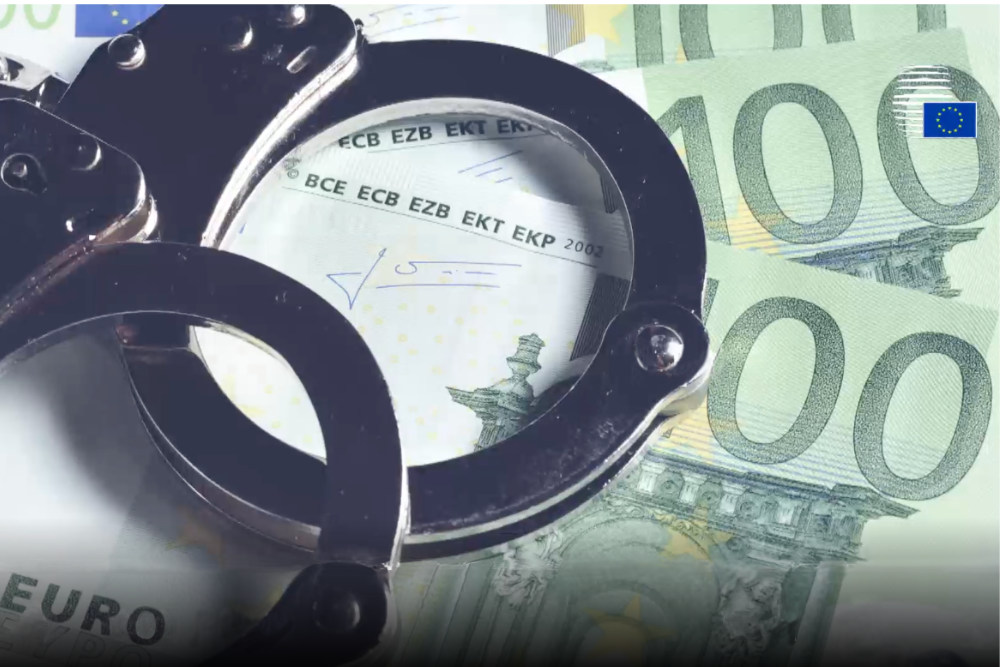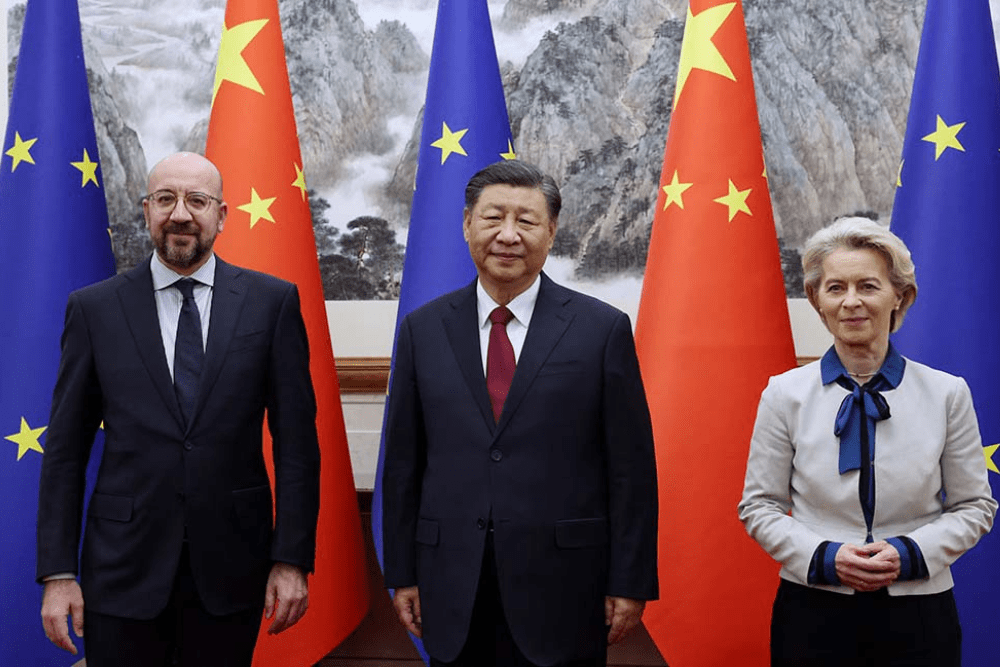By Francesca Merlo
It was 5 November 1943, World War II was raging and Vatican City was, and remained, a neutral state. This is partly why the attack came as such a surprise: five bombs (one of which did not detonate) were dropped into the Vatican gardens from an unidentified aircraft. Luckily no one was hurt, but many of the buildings suffered huge damage, and guards were left dazed and confused after the explosions knocked them to the ground.
One gendarme, Luigi Turchetto, wrote a note to the Vatican’s Noble Guards, in which he recounted what happened that night. He was on duty at the Vatican train station:
“I distinctly heard the continuous noise of an aircraft flying at low altitude. I could not see it, prevented by the darkness. From the noise of the engine it seemed to me that the aircraft was coming from the northeast. It flew over the Vatican Railway Station and then went a little further away and immediately turned back. I almost immediately heard a hiss and a prolonged burst that gave me the impression of the almost simultaneous explosion of several bombs. The first of them fell on the escarpment near the boundary wall of the Vatican City State on the side of St. Peter’s Station; the second one fell on the terrace of the Mosaic Studio; a third one behind the Governorate Palace and a fourth one in the Vatican Gardens in a location that I could not identify at the moment.”
Pope’s reaction
Pope Pius XII commented, in private, that “there was more respect in Cairo, as the religious center of Islam, than in Rome. And more concretely, we are struck by the need to recognise… that there no longer exists, I do not say Christian conscience, but even the minimum of human understanding and a sense of loyalty in acting that should be enough to leave the successor of St. Peter in the narrow strip of land that still remains.”
Who dropped the bombs?
Nobody took responsibility for the bombs. The Allies and Axis powers accused each other. One of the theories, following certain clues, was published in the 2010 Italian book “1943: Bombe in Vaticano” by Augusto Ferrari. It describes the possibility that the attack had been orchestrated by the Germans and coordinated by the Fascist Roberto Farinacci, whose aim was to bomb Vatican Radio, that was suspected of transmitting valuable military information to the Anglo-Americans. It is believed that the pilot was “a certain Parmeggiani”, and that the plane had been flown from Viterbo, some 50km from Rome.
This claim was contested one year later, in 2011, by subsequent research (such as that of Gregory Alegi and that of Pietro Cappellari). Ferrari claimed that the plane used was a Savoia Marchetti S.M. 79; yet Alegi and Cappellari claim that the Italian Aeronautica only possessed one of these planes and that it could not, at that time, have been geographically located in Viterbo under German control. Ferrari also claimed that the only two pilots with the name Parmeggiani were elsewhere, and working with the Allies.
In America, a new theory was developed soon after. Again, soon after that.. clues led to ideas and ideas to theories: from the idea that the bombs had been manufactured in the UK to an intercepted phone call between two priests. But each theory, still remains just a theory…
Protection through neutrality
Upon learning of the possible motivation behind the attack, Pope Pius XII asked that the reasons for the attack not be spread by the media, in an attempt to maintain the neutrality of the State.
Throught the war the Pope and the Vatican helped many members of the Italian resistance. It was not easy to hide in Rome, and the Vatican offered protection and exile to those who needed it most. The intermediary position of the Church allowed it to move better to defend and help those in need.
It still remains unclear as to who dropped those first bombs on the Vatican.
Bombs were dropped again on Vatican City State on 1 March 1944, killing one person and injuring another.












